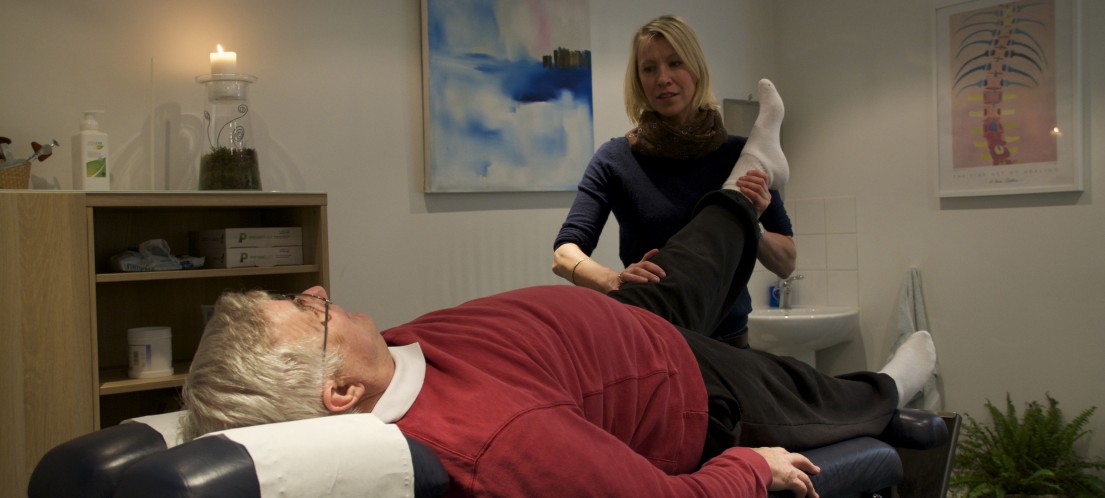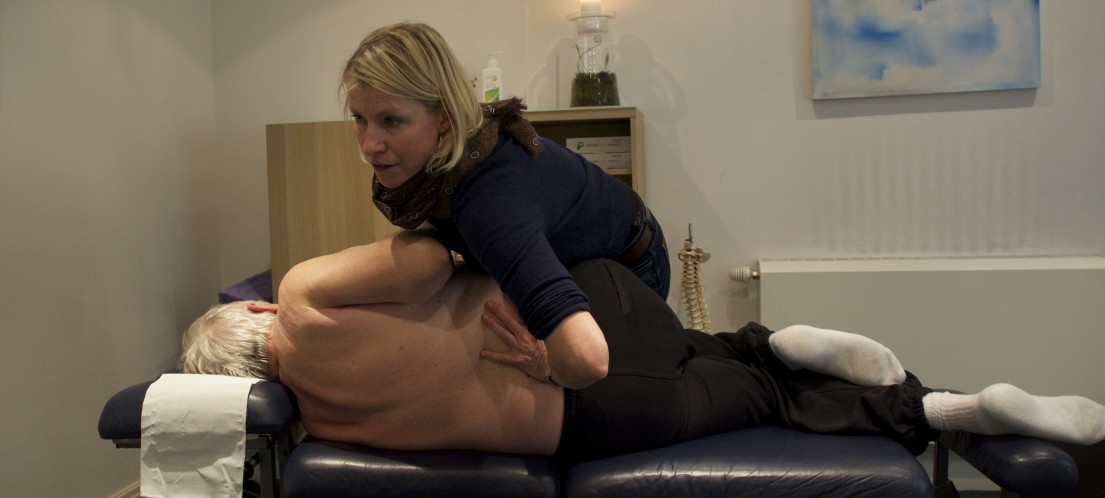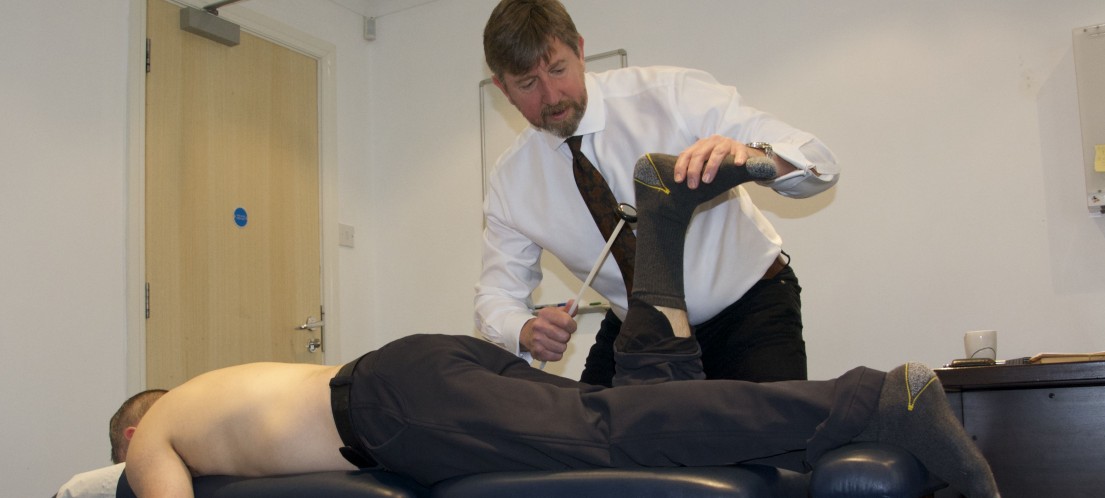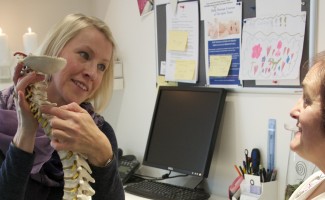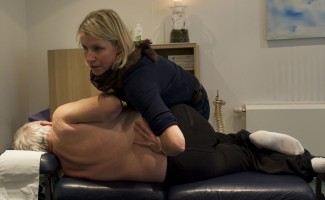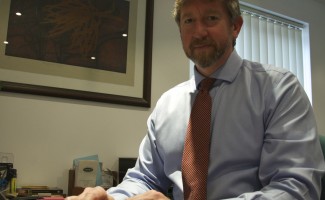Chiropractic
Chiropractic is a graduate healthcare profession which cares for patients primarily with muscle-skeletal conditions and considers the patient as having an innate ability to recover given the right support with understanding and treatment
Principles
The principles of Chiropractic as described by Coulter (1999) include Vitalism, Holism, Naturalism, Humanism and Therapeutic Conservatism.
Simply this means that Chiropractic Care regards the patient as a whole, self determining, self sustaining being which is best handled naturally and conservatively. Effectively Chiropractors believe that the body has an innate ability to be well, and recover from illness, if it functions properly, and the job of the healthcare practitioner is to facilitate this naturally by removing for the patient, or helping the patient overcome, the obstacles that life can put in its way.
Chiropractic has been described as the best example of alternative healthcare based on its combination of strong philosophy and its inclusive, plausible and pragmatic treatment.
The stands that Chiropractors have historically taken on naturalism has extended from not using drugs or surgery to being against vaccinations. Nowadays it would be unreasonable to ignore the advances made by eradicating smallpox and polio from whole population groups, however a degree of caution, conservatism, should be applied as we see the development of the anti-biotic resistant ‘super-bugs’ and the re-emergence of TB that is resistant to treatment, contributed to by the over-prescription of antibiotics increasing resistance of the bugs and reducing the resistance of the population.
Chiropractic Care
At The Spine Team we use the principles of Chiropractic and the latest developments in the published literature to provide the best possible care for our patients.
History and Examination
It is most important to identify sinister causes of back pain and we use an accepted approach to look for ‘Red Flags’. Part of this is in the history taken from the patient and the questioning about the problem. To identify the problem we then use a series of tests appropriate to the complaint and again considering signs of concern we try and understand which structures are causing the problem, how it might of occurred and what are the consequences.
Imaging – X-rays and Scans
It became clear as our careers progressed that routine use of X-Ray was less supported by the research after MRI became widely available as many of the findings were present in those with pain were present in those without pain.
That is not to say they have no place there are symptoms and signs that do indicate investigation such as imaging but according to the literature for lower back pain they give a 76% false positive result. That is to say they can mislead creating the danger of treating something on the scan which is present but has nothing to do with the pain; treatment of the scan rather than the patient.
Diagnosis
According to the research between 85% and 90% of back pain is ‘undiagnosable’. This sounds impossible but once you accept that dehydrated or degenerated discs, most disc protrusions and most osteoarthritis or spondylosis are due to wear and tear and are present as often in pain free people as they are in patients with pain it does make sense. there is little of diagnostic value in the great majority of scans.
We know from the research what signs and symptoms of the different types of structure, we use analysis of posture and gait to look for bio-mechanical short comings and we use this information to create a ‘model’ for the problem. It must include any factors that can influence the way the patient responds which is why understanding their life can be so important.
Chiropractic Treatment
Chiropractic treatment is aimed at improving the function of the affected area and helping the recovery of the whole body around it. Chiropractic is known for the manipulation or ‘adjustments’ that are used as part of the hands on treatment, manipulation is indicated for most mechanical pain to take away the muscular tension or spasm that sets up around the joint that has been irritated.
However the scientific literature suggests that manipulation is only one part of the effect of Chiropractic Treatment and the Patient Centred Model used at The Spine Team is one way of understanding how we get results that treatment alone cannot.
Most patients with Chronic Back Pain leave The Spine Team with a much better understanding of their problem and what they need to do to help. That may be better management of external factors or changing the way they do things to help an internal factor, this could be done in a number of ways, for example, with counselling or exercises.
